Mountain plants: the strategies developed to live in a difficult environment
 See on the map
See on the map
The life of plants in the mountains, especially at higher altitudes, is difficult and conditioned by physical factors linked to the climate. Of these, temperature plays a key role: all vital processes, including growth, are affected by its increase. If we consider that for every 100-metre increase in altitude, the average temperature decreases by 0.65°C, it is easy to see why plants in Alpine regions grow more slowly. Added to this, there are the significant temperature range between day and night and the considerable differences between sunny and shady areas: at an altitude of 2,000 metres these differences have reached 60°C.
Plant life also depends on light which allows photosynthesis and regulates, for example, flowering, bud opening and leaf fall (photoperiodism). In the mountains, the sun\'s rays are more intense in terms of heat (infrared rays) and brightness (ultraviolet rays), as part of the sun\'s radiation is absorbed by the atmosphere and at altitude the air is less dense and humid compared to the plain. Therefore, at high altitudes, the dry air, the wind and the direct action of the sun cause a considerable increase in plant transpiration (loss of water vapour through the leaves). Moreover, the soil is often rich in humidity, but still cold or even frozen and therefore, does not allow the roots to absorb water.
Snow partially compensates for these difficulties as it limits heat dispersion: if the blanket of snow is sufficiently thick, the soil will not be affected by air temperature and will stay at around 0°C, preventing the soil from freezing and thus protecting plants from drying out and from the cold.
Wind too influences plant life at altitude; it can have a mechanical action, damaging or uprooting plants, but also increases evaporation and transpiration through the leaves.
Thanks to continuous biological evolution - which allows living organisms to make the necessary adaptations for survival in a given environment - Alpine plants have slowly but constantly developed various strategies that allow them to live in often extreme conditions. These concern plant height, root organs, leaves, flowers and the composition of cell juices.
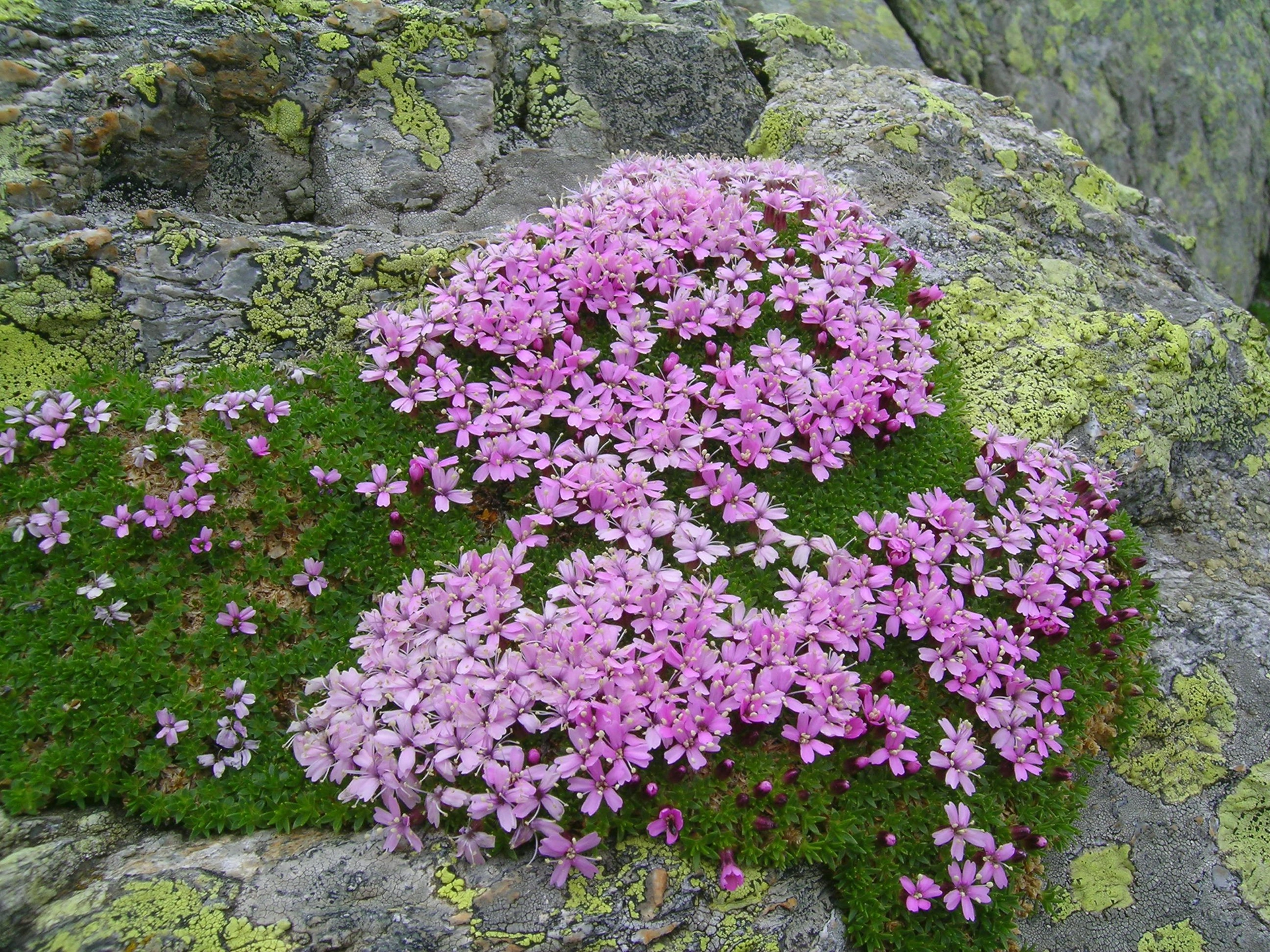
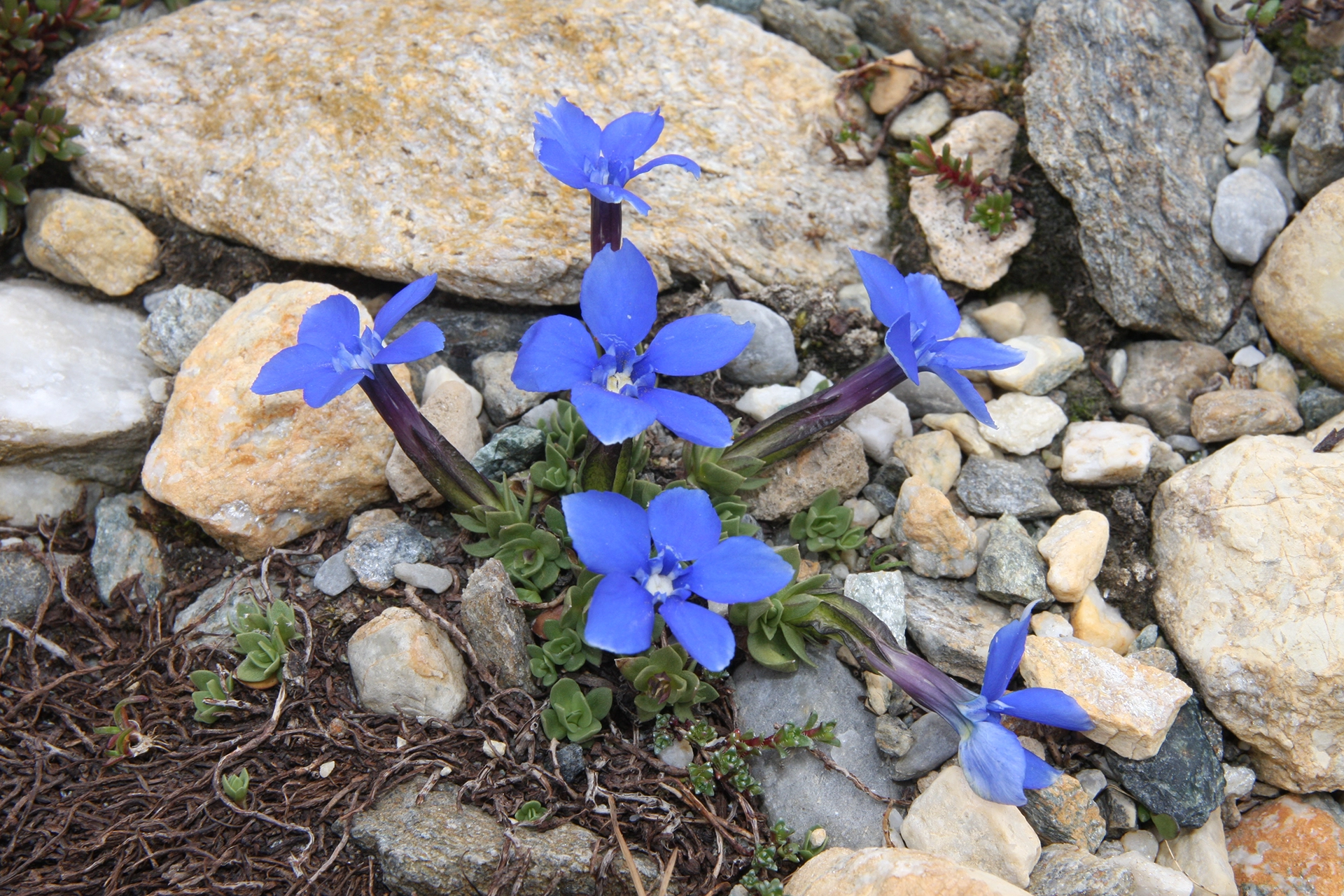
.webp)
.webp)
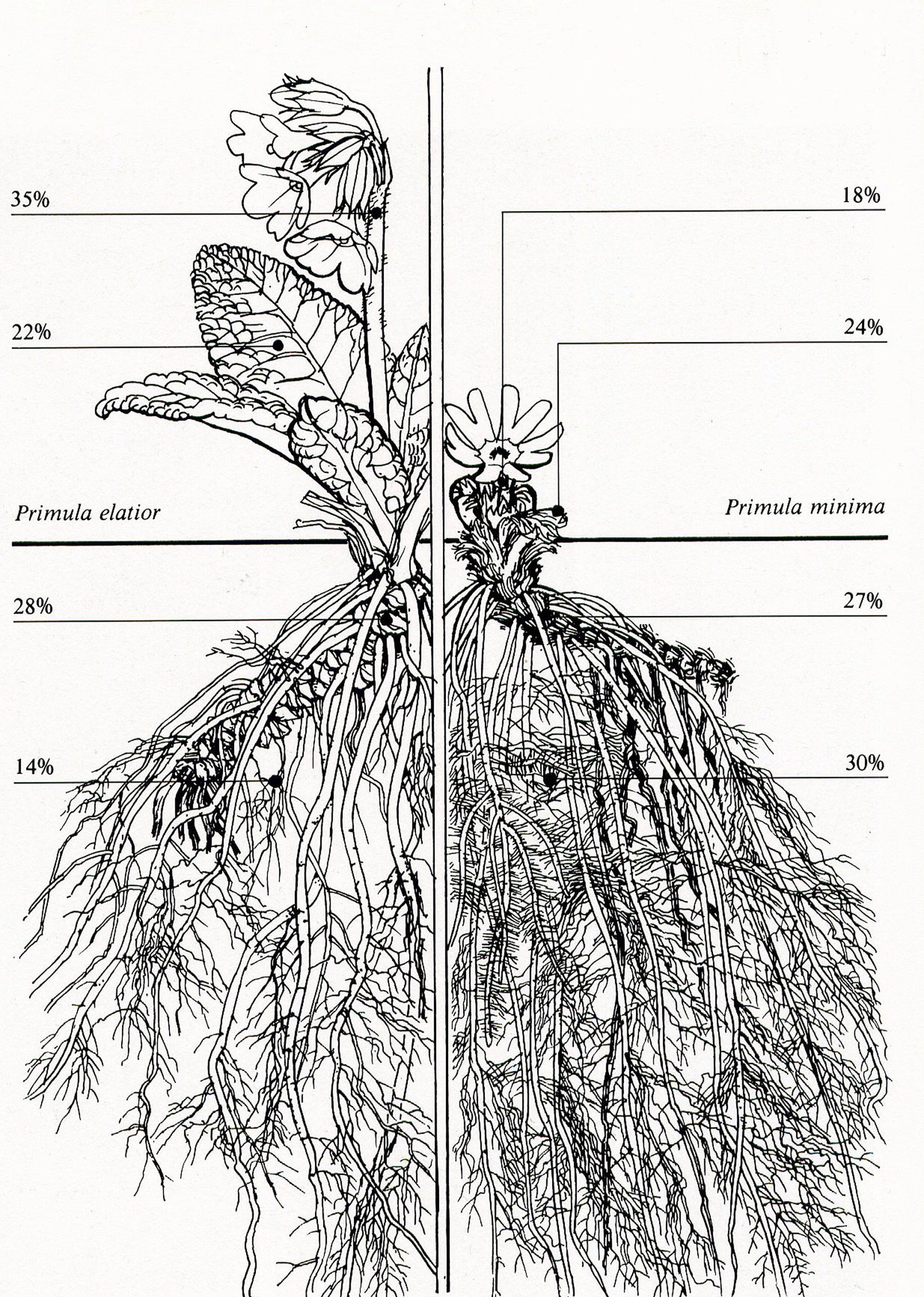
.webp)
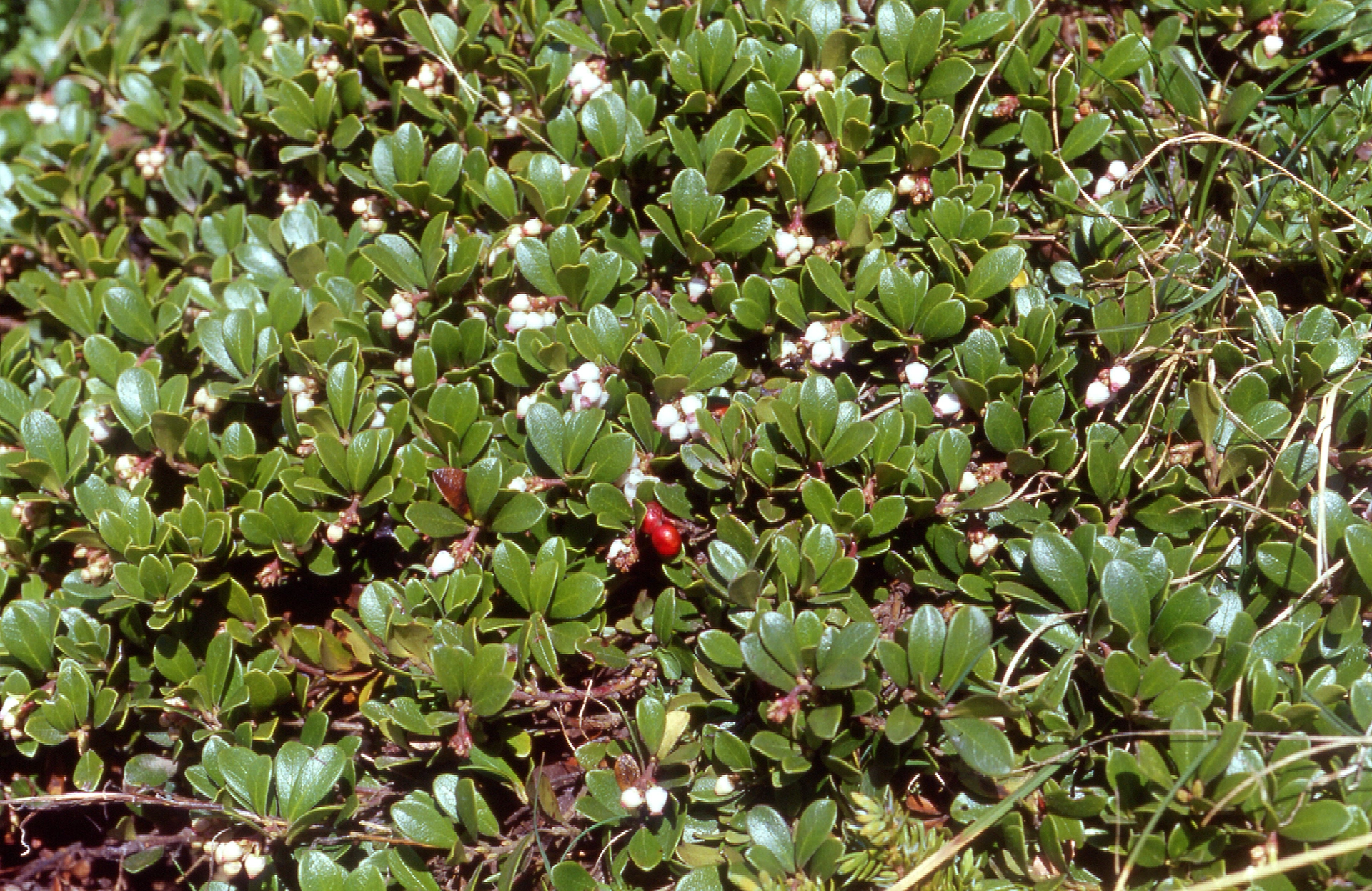
.webp)
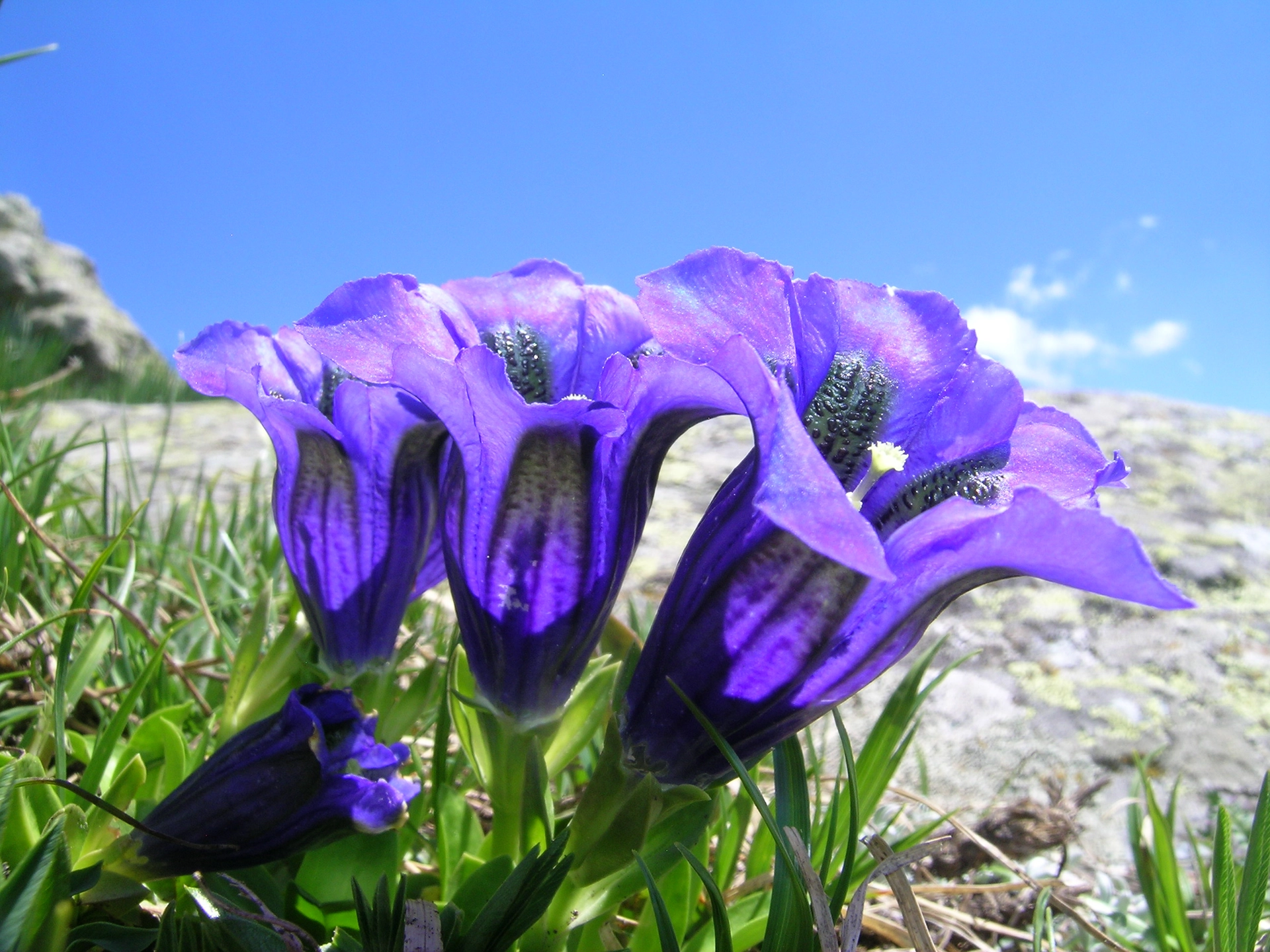
.webp)
.webp)
.webp)

